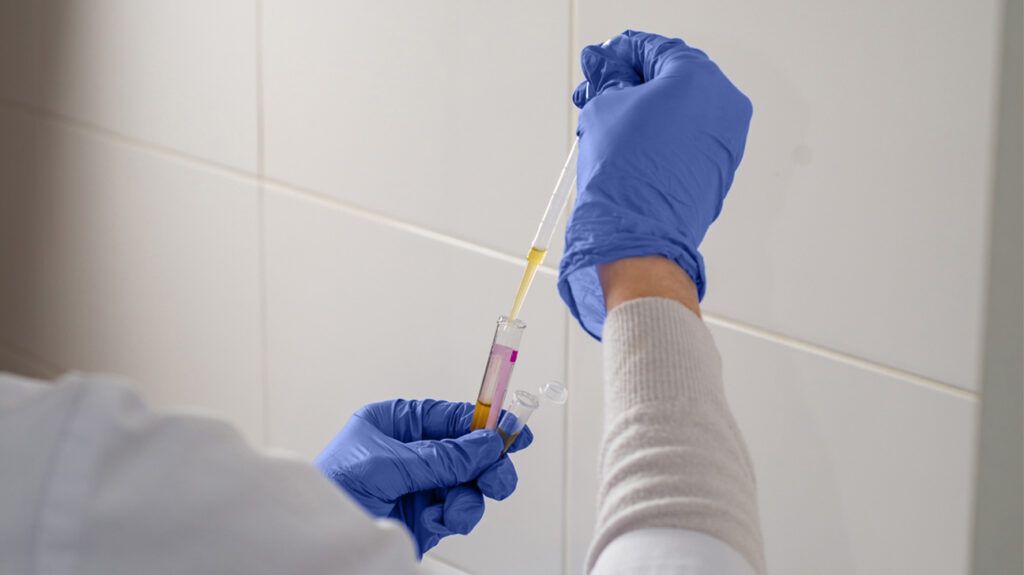New Blood Tests May Better Predict Heart Disease Risk than Traditional Cholesterol Checks

Enhanced Blood Testing for Heart Disease Risk

Recent research suggests that measuring apolipoprotein B particles and lipoprotein(a) levels could improve predicting coronary artery disease (CAD) risk beyond standard cholesterol tests.
Understanding Coronary Artery Disease
Coronary artery disease, caused by plaque buildup in heart arteries, can lead to heart attacks. The CDC emphasizes the importance of prevention and early detection.
Advances in Lipoprotein Testing
A study published in the European Heart Journal assessed how different lipoproteins relate to CAD risk. It found that the number of atherogenic particles marked by apolipoprotein B (apoB), which are present in LDL, VLDL, and IDL, are strong indicators of heart disease risk. Increases in apoB particles correlated with a significantly higher risk, independent of particle size or type.
Lipoprotein(a): An Independent Risk Factor
Higher levels of lipoprotein(a) remained associated with increased CAD risk even after adjusting for apoB. Researchers suggest that including Lp(a) testing could help identify high-risk individuals otherwise missed by standard lipid profiles.
Implications for Clinical Practice
Experts recommend routine measurement of apoB and Lp(a) for better risk assessment, especially in primary prevention. This may lead to earlier and more targeted interventions to reduce heart disease burden.
Study Limitations & Future Directions
The research, primarily involving healthier, middle-aged white participants, highlights the need for further studies across diverse populations. Future work should explore how very low-density lipoprotein levels impact CAD risk and evaluate the efficacy of therapies targeting Lp(a).
Conclusion
Incorporating apoB and lipoprotein(a) testing into routine practice could revolutionize how clinicians predict and prevent coronary artery disease, leading to more personalized cardiovascular care.
Stay Updated with Mia's Feed
Get the latest health & wellness insights delivered straight to your inbox.
Related Articles
Addressing Gender Disparities in Emergency Department STI Treatment
Disparities in emergency department STI care reveal over-treatment in men and under-treatment in women. Innovative diagnostic tools and clinical practices can bridge this gap, improving outcomes for all patients.
Eight-Month-Old Infants Demonstrate Adaptive Learning Capabilities
New research shows that eight-month-old babies can flexibly adapt their learning styles to environmental changes, indicating early cognitive maturity and active engagement in learning processes.
Understanding Wilms Tumors: The Role of Genes and Imprinting in Childhood Kidney Cancer
New insights into Wilms tumor development reveal the crucial roles of genetic mutations and imprinting disruptions, paving the way for improved diagnosis and personalized treatment for children with kidney cancer.



